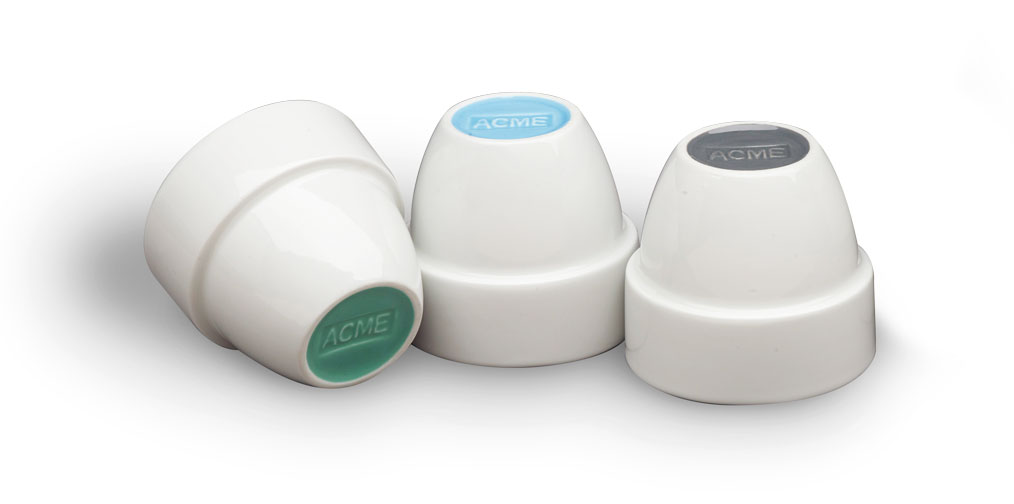[C]offee cuppings aren’t just for roasters. The rigorous standards established for a cupping protocol help ensure objective scoring when assessing coffee quality. While you don’t necessarily need to score coffees in your café, regularly cupping coffee from your own shop and from other roasters develops your palate, enhances your ability to discuss various aspects of coffee, and provides a regular education opportunity for you and your staff. The SCAA has standards for how a cupping should be conducted, but there are some choices when it comes to equipment. To help get you started, here are some useful cupping tools.

1) WEIGH IT OUT
SCAA cupping protocol specifies an optimum ratio of coffee to water (8.25 grams per 150 milliliters water). The Acaia Pearl scale reads to the tenth of a gram and even accounts for weight changes caused by evaporation. A bright display and ultra-fast response time provide instant readings while an iPhone- and Android-compatible app optimizes functionality.

2) HEATING THE WATER
While there are many methods to heat water, few provide finite control, like the Digital Variable Temperature Gooseneck Kettle from Bonavita. SCAA protocol specifies water heated to 200ºF; this electric kettle adjusts in one-degree increments, offers real-time temperature display, and holds temperature up to sixty minutes.

3) CUPPING VESSELS
When it comes to cupping vessels, the choice of glass or porcelain is a matter of preference. The SCAA mandates that vessels be between 7 and 9 fluid ounces, with a top diameter between 3 and 3.5 inches. Visions Espresso offers these 7-ounce cupping glasses (top) in their arsenal of cupping equipment. For a break from taping numbers on the bottom of your glasses, try these color-coded, ceramic bowls from Acme (bottom).

4) THE SPOON
The cupping spoon is perhaps the most coveted of all coffee cupping equipment. Many cuppers boast personalized utensils, but fancy spoons aren’t necessary. Espresso Supply offers a set of a dozen heavy-weight cupping spoons to help start your collection. Those ready to step up their slurp game can opt for a stainless-steel model, like this Revolution cupping spoon (pictured) from Visions Espresso.

5) THE FUNNY BLUE TRAY
The blue oval tray is the universal sign for “We’re cupping at this table.” Designed to easily transfer beans, the fluted edges distinguish cupping trays from other plastic containers. For green coffee evaluations, looking at the whole bean helps identify defects.
















